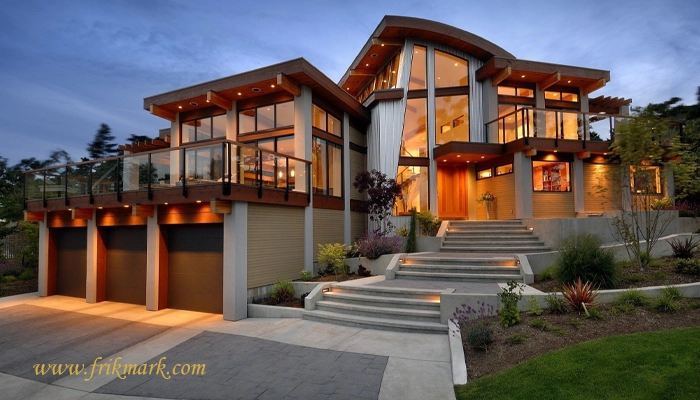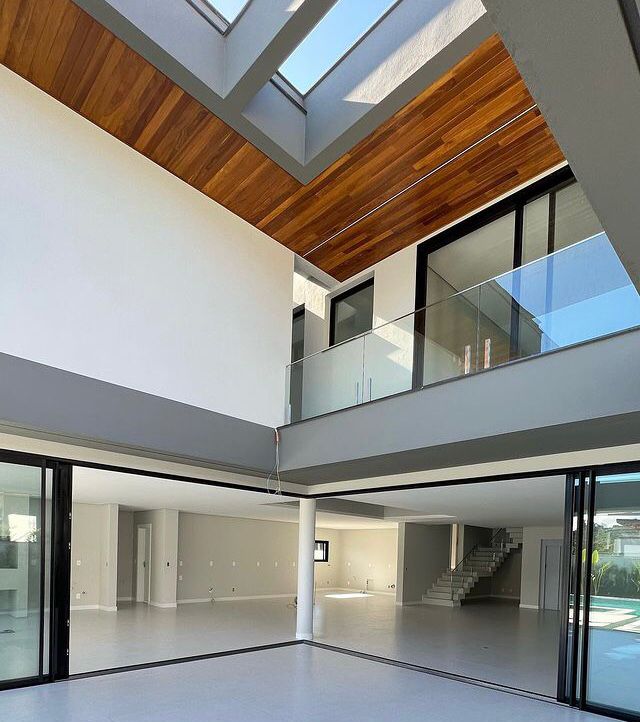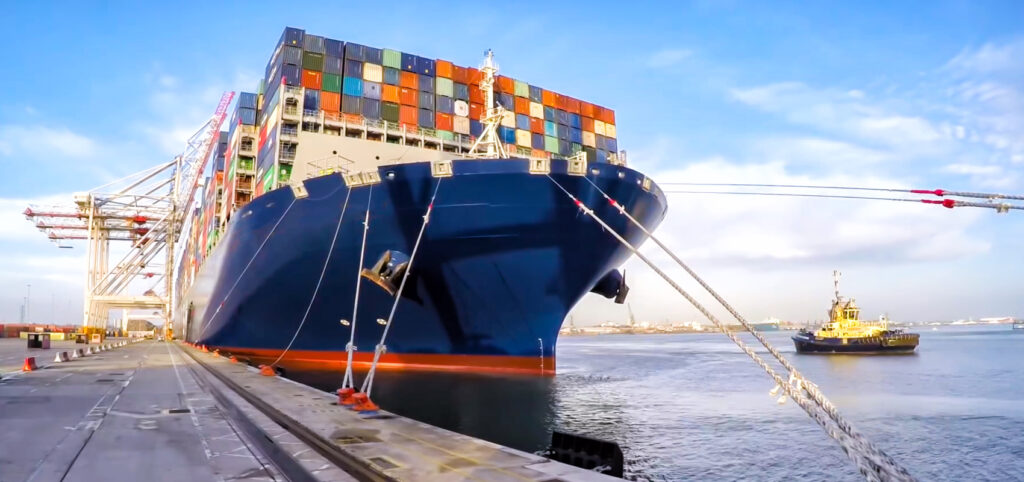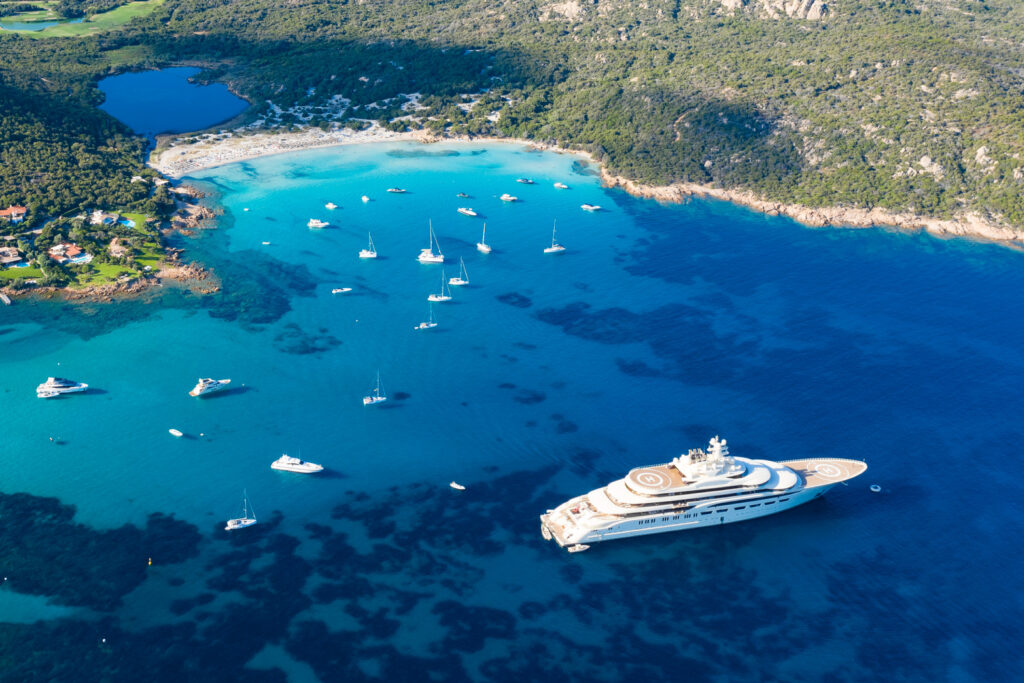Brazilian architecture is a complex and fascinating blend of different styles, indigenous and international influences, and responses to climatic, social, and cultural conditions. It is not only an aesthetic expression, but also a reflection of colonial history, national identity, economic growth, inequalities, and a desire for innovation. In this article, we attempt to provide a comprehensive overview of Brazilian architecture.
Part One: Historical Background of Brazilian Architecture
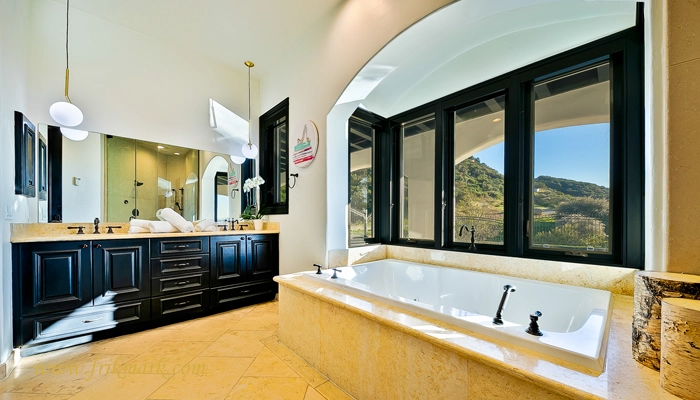
Pre-colonial and colonial era
-
Before the arrival of Europeans, Native Americans had simple structures (such as tepuis) made from native materials such as wood, leaves, and local plants, but they were not built in permanent forms like large stone architecture.
-
After the arrival of the Portuguese (from the early 16th century), the Colonial architectural style became popular: churches, public buildings and houses influenced by Portuguese architecture, Portuguese Baroque, local materials, European techniques and indigenous/black African labor.
Brazilian Baroque and Church Architecture
-
In the 17th and 18th centuries, the Baroque style became dominant, especially in mining regions such as Minas Gerais; cities such as Olinda and Ulistaia. Churches, monasteries, statues, statues and decorative details, paintings and domes were part of the architectural identity of the time.
-
One of the most famous examples of the Brazilian Baroque style is the work of Aleijadinho, a famous 18th-century sculptor and architect, which combines religious art, stone decorations, and quasi-stagnant forms.
19th century: Neoclassical influence and eclecticism
-
The 19th century saw the arrival of Neoclassical, Renaissance, and Eclectic styles, which Brazilian architects adopted in government buildings, large homes, and urban projects.
-
With the arrival of the wave of industrialization, new materials such as iron, glass, and steel were seen in some buildings, but architecture still could not fully integrate indigenous and modern features.
Part Two: The Rise of Modernism in Brazil
Early 20th century and the influence of the International Style
-
In the early 20th century, the influence of international styles such as European modern architecture, Art Deco, and later the International Style movement entered Brazil.
-
Architects such as Lúcio Costa and Gregori Warchavchik were among the pioneers of this trend. Costa revolutionized urban design, advocating simplicity, functionalism, and the use of new materials.
Featured Projects: Ministry of Education and Health Building – Gustavo Capanema
-
The Gustavo Capanema Building in Rio de Janeiro is a prominent work of Brazilian modernism; the project was built with the participation of Lúcio Costa, Oscar Niemeyer, and advice from Le Corbusier and others.
-
Features such as movable awning windows, open plan, interior design considering weather conditions, and indoor vegetation were among its important elements.
Founding of Brasilia
-
One of the most important architectural events in Brazil was the construction of the new capital, Brasília , in 1960. A city designed with a modern plan by Lúcio Costa (as urban designer) and Oscar Niemeyer, among others.
-
Among the prominent features of Brasilia: a symmetrical urban plan, wide axes, government buildings with innovative forms, the use of reinforced concrete, curved elements, high ceilings, open and green spaces; an effort to create a new national spirit and identity.
Zoning by modern Brazilian architects
-
Oscar Niemeyer is one of Brazil’s most well-known architects; known for his curved forms, reinforced concrete, iconic designs such as the Brasília Cathedral, parliament buildings, presidential palace, government palaces, and international monuments.
-
Paulo Mendes da Rocha is also one of the important architects of the contemporary period; with an emphasis on form, space and social reflection, a bold use of concrete, attention to light and shadow, the connection between inside and outside.
-
Affonso Eduardo Reidy has done great work in the field of social housing, such as the Pedregulho housing complex in Rio de Janeiro.
Part Three: Characteristics and Elements of Brazilian Architecture
From a historical and stylistic review, several general and distinctive characteristics of Brazilian architecture can be identified:
-
Use of Reinforced Concrete: Concrete has become a major material, especially in the modern era and beyond. The formability it offers has encouraged architects to experiment with curves, free forms, and large scales.
-
Curvilinear and organic forms: Especially in Niemeyer’s work, gently curved forms, roofs that resemble waves or curved shells, the combination of light and shadow to create strong visual effects. These forms are not only beautiful, but also respond to climate, sunlight, ventilation and natural light.
-
Open plan and connection between interior and exterior spaces: Use of semi-open spaces such as terraces, porches, open corridors, plant showrooms, gardens, volumes that bring in light.
-
Attention to climate and nature: The climate in Brazil is very diverse — from tropical, rainy, coastal areas to mountainous highlands. Brazilian architecture is usually designed to take into account airflow, shading, the use of local materials, and protection from rain and heat.
-
Social architecture: The tendency to design buildings that have a social impact; social housing, public spaces, parks, cultural and educational centers, efforts to improve the quality of life of indigenous people, poverty alleviation, and spatial justice.
-
Modern aesthetics with local character: Although the influence of international styles is significant, the combination with local traditions, historical texture, colors, and local materials (plaster, tiles, native stone) has given Brazilian architecture a distinctive character.
Part Four: Prominent Architects and Important Projects
Among Brazilian architects, a few prominent figures have played the most important role in shaping the country’s architectural identity. In this section, we will introduce and examine the most important of them.
Oscar Niemeyer
Oscar Niemeyer is undoubtedly Brazil’s most famous architect and one of the world’s most iconic figures of modern architecture. From the 1940s until his death in 2012, he established a new concept of form and space in modern Brazilian architecture with his impressive works. He is known
for his poetic use of curved forms , creative use of reinforced concrete , and his combination of beauty and symbolism
. His most important works include the Brasília Cathedral , the Brazilian National Congress , the Presidential Palace (Palácio da Alvorada) , and the Museum of Contemporary Art in Niterói
. In his designs, he not only paid attention to the function of the building, but also tried to express a sense of freedom, movement, and dynamism in the form. The curves of his architecture are inspired by nature, the human body, and the Brazilian landscape.
Lúcio Costa
Costa is one of Brazil’s most important urban theorists and designers, best known for his urban design of the country’s new capital, Brasília
. He had a coherent vision of the relationship between architecture, urbanism, and society , and believed that architecture should respond to social and cultural needs.
The Brasília urban plan, implemented in the 1950s, is a prime example of modern urban planning : a city with intersecting axes, defined functional areas, wide avenues, and extensive green spaces. Costa also collaborated on the Gustavo Capanema Palace
project in Rio de Janeiro, which is considered one of the first examples of modernism in Latin America.
Paulo Mendes da Rocha
Mendes da Rocha is one of the most influential contemporary Brazilian architects and the winner of the Pritzker Prize in 2006.
He is known for his clever use of raw concrete , creating powerful and human spaces, and paying attention to the relationship between structure and space
. In his work, beauty lies in the simplicity and strength of materials.
Among his notable works are the Museum of Contemporary Art of the University of São Paulo (MAC-USP) , the Paulistano Clube gymnasium , and numerous urban projects in São Paulo.
He always emphasized that architecture should be a tool for social justice , creating spaces that serve all people, not just a certain group.
Affonso Eduardo Reidy
Reidi is a mid-20th century architect best known for his social and humanistic approach.
He worked on large-scale social housing projects and public buildings, striving to balance function, beauty, and social justice
. His most important work is the Pedregulho housing complex in Rio de Janeiro, which is a prominent example of modern design with a social approach.
He is also the designer of the Museum of Modern Art of Rio de Janeiro (MAM-RJ), which offers a different experience of cultural spaces by using open structures and natural light.
Other prominent architects
Alongside the famous figures, other architects have also made a significant contribution to the richness of Brazilian architecture.
Olavo Redig de Campos was instrumental in combining modernism with local culture;
Alexandre Chan is known for designing innovative bridges and public spaces;
and younger architects like Fernando Maculan work in the field of sustainable architecture and social projects in poor neighborhoods.
This generational and approach diversity has kept Brazilian architecture always dynamic, open, and evolving.
Part Five: Later and Contemporary Periods
After the era of modernism and the founding of Brasília, new eras came:
-
After the 1960s : With political challenges (military dictatorship in Brazil), economic pressures, rural-urban migration, rapid urbanization, and urban poverty, these factors led architects and urban planners to seek solutions for affordable housing, improved urban infrastructure, and accessible public spaces.
-
Contemporary Brazilian architecture includes a greater diversity of styles, attention to sustainability, green materials, advanced construction technology, urban revitalization projects, restoration of historical fabric, indigenous culture and street art. Projects that are not only beautiful but also responsive to climatic and social needs.
-
For example, projects implemented in poor neighborhoods (favelas) to improve environmental and social quality; or architects who collaborate with local communities. Example: Fernando Maculan and his team’s project for a house in the Serra favela in Belo Horizonte, made with local materials and designed to optimize light and ventilation.
Part Six: Environmental, Climatic, and Social Impacts of Brazilian Architecture
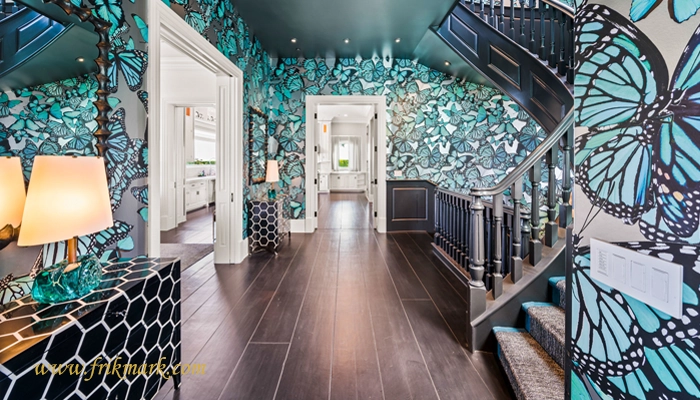
Architecture in Brazil must adapt to the country’s diverse environmental conditions:
-
Climate : A large part of Brazil is in the tropical zone; heavy rainfall, direct sunlight, ventilation, humidity, local storms. Therefore, the design of the canopy, the use of large windows for ventilation, the use of materials that do not retain heat or walls with adequate thermal mass are very important.
-
Geographical location and nature : Long beaches, Amazon rainforests, highlands, lakes and rivers. Designs often take the landscape into account, incorporating native nature into the mix of urban greenery and open space.
-
Social issues : Economic inequality, urban poverty, lack of adequate housing in many cities, informal development (favelas); these issues have led architects towards social architecture, affordable housing projects, and improving urban infrastructure.
-
Sustainability and new technology : In recent years, with increasing awareness of climate change, energy consumption, water resource management, green design, energy efficiency, selection of environmentally friendly materials, installation of solar panels, and natural ventilation systems have become more important.
Section 7: Weaknesses and Challenges
Along with its successes, Brazilian architecture also faces challenges:
-
Misalignment between rapid urban growth and planning – Many cities are facing rapid urban population growth, and infrastructure, transportation, water and sanitation, housing, and public services are unable to fully respond.
-
Illegal construction and slums – Informal neighborhoods (favelas) in cities like Rio and São Paulo represent part of the housing and urban planning problem. These neighborhoods are often poorly planned, with poor materials, and lack public services.
-
Preservation of historical heritage – In some areas, historic buildings and structures are at risk of destruction, inappropriate renovation, or oblivion; the balance between renovation and heritage preservation is a serious challenge.
-
Cost of construction and financing of projects – Large government projects or high-quality projects are usually expensive; financing is difficult in areas with fewer resources.
-
Public awareness and community participation – Although architects and planners think of beautiful and functional designs, the participation of the local community in the design and decision-making process is not always complete. There is a need to talk to residents, integrate local culture into the architecture, and respect the views of local people.
Part Eight: Impact on global architecture and Brazil’s recognition on the international stage
Brazilian architecture has been influential not only domestically, but also internationally:
-
Oscar Niemeyer is one of the architects whose works are known all over the world; his forms have inspired other architects.
-
International awards : For example, Paulo Mendes da Rocha has won the Pritzker Prize.
-
Brasilia is registered as a UNESCO World Heritage Site; its urban design is one of the most important examples of urban modernism, studied by architects and urban planning specialists.
-
Contemporary Brazilian architecture is featured in international magazines and exhibitions. Ideas such as climate architecture, social architecture, environmental sustainability, and the use of indigenous materials have attracted global attention.
Part Nine: Future Outlook
Considering current trends, some future directions and possibilities for Brazilian architecture are as follows:
-
Green architecture and greater sustainability: use of solar energy, rainwater collection systems, natural or renewable materials, increased green space, low-energy buildings, attention to climate change.
-
Smartening buildings and cities: new technologies in ventilation, lighting, temperature control, smart materials, digital design, 3D printing, and virtual reality in architecture and simulation.
-
Strengthening local community participation in urban design: projects that are designed with the participation of residents, local culture, and the real needs of the people; improving the quality of public spaces, health, educational, and recreational services.
-
Heritage preservation with renovation: balancing development and conservation; renovating old neighborhoods, using strategies that preserve cultural authenticity.
-
Invest in infrastructure and affordable housing: Responding to housing demand, providing affordable yet beautiful and climate-friendly designs.
Consulting with Frikmark Group
Frikmark Group is one of the few reputable companies in the field of luxury real estate, with over 18 years of experience, having had the honor of working with clients from all over the world, including celebrities and footballers. The group always offers luxurious and eye-catching properties according to the taste and desires of the clients.
Frikmark’s services include selling ready-made properties as well as building projects from scratch in collaboration with prominent and experienced architects. Another important advantage of this company is property management in the absence of the owners , especially for people living in other countries. Also, with permission from the owner, it is possible to rent the property for short periods during tourist seasons to selected clients.
Who wouldn’t want to own property on a paradise island? With us, your dream will become a reality.
In addition to building residential and commercial properties, Frikmark also provides investment consulting services to help clients get the best return on their investment. Specialized consulting services are also provided in the field of luxury yacht purchases to provide you with a unique experience of luxury living .
Throughout the year, a limited number of luxury properties are sold under special conditions through reputable banks. If the customer wishes, Frikmark Company will also be your companion and advisor in this regard.
Conclusion
Brazilian architecture has evolved over time, from a legacy of colonialism, baroque and eclecticism, to bold modernism and dynamic urban design. It is not just the form of buildings, but also a reflection of national identity, the interaction of cultures, challenges and opportunities. In each period, Brazilian architects have been able to creatively translate the specific conditions of the country into architecture, whether in the curved forms of Niemeyer, in the urban planning of Costa, or in the social projects of Reidy.
Ultimately, Brazilian architecture, past, present, and future, is a symbol of the effort to combine beauty, function, social justice, and nature. It is instructive for anyone interested in urban planning, art, and architecture—how architecture can be seen not just as a physical construct, but as an influential factor in human lives.
